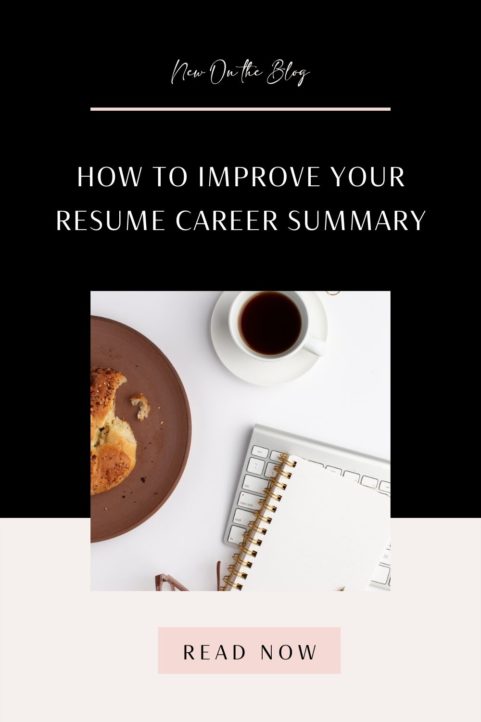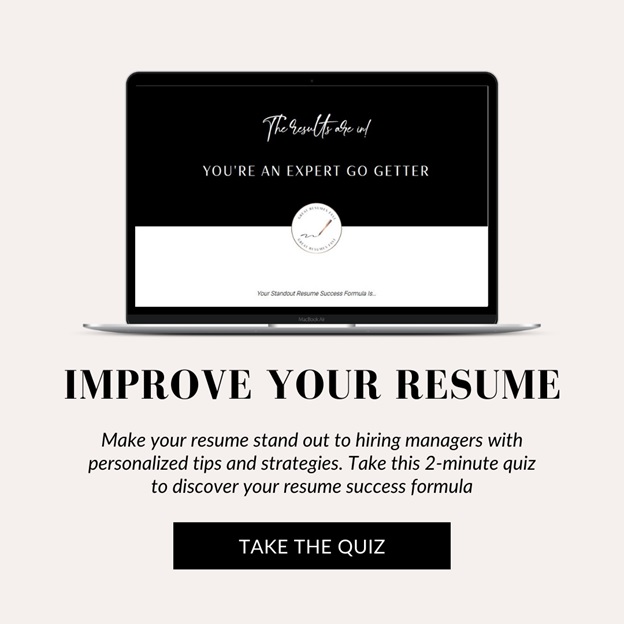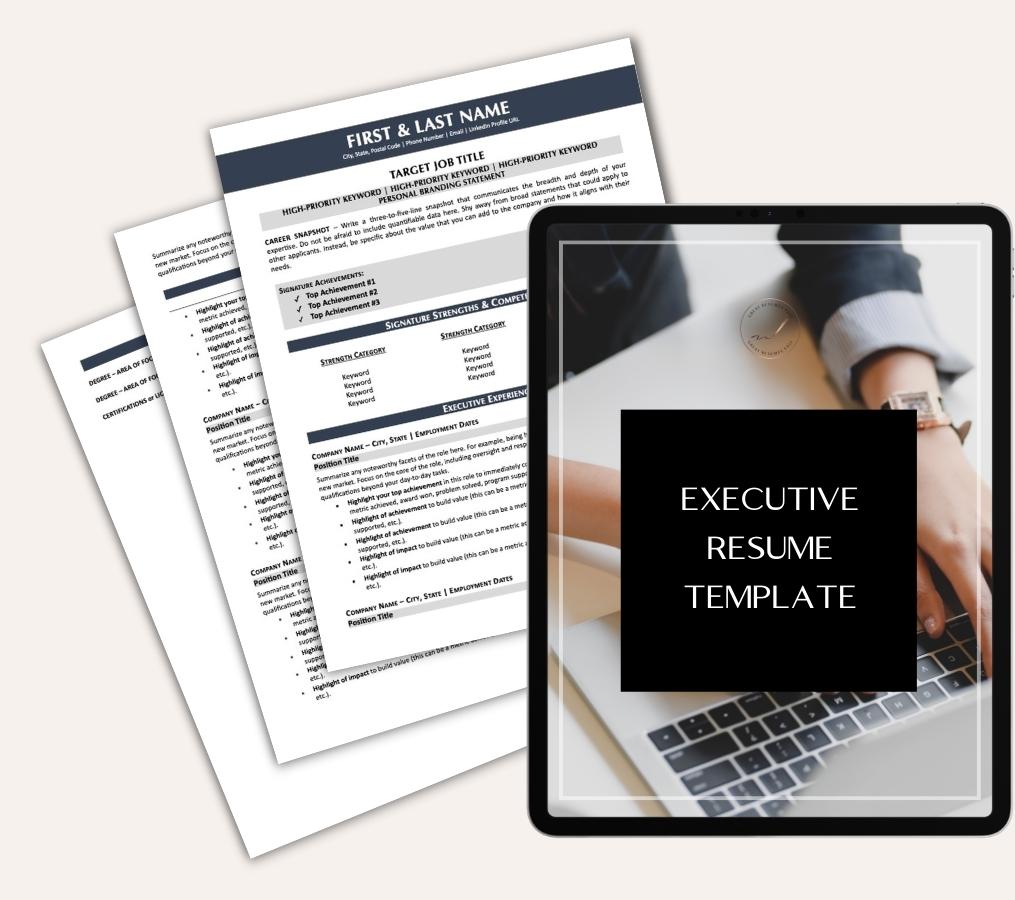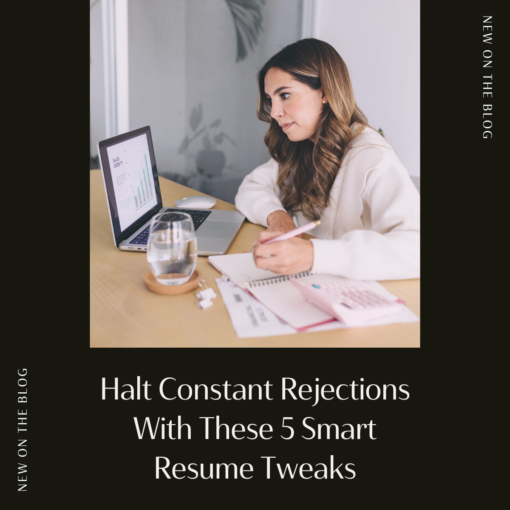How to Improve Your Resume Career Summary

Just like the once-trusted objective statement, a resume career summary is as outdated as avocado-colored kitchen appliances. And thank goodness for both!
A career summary used to introduce candidates to hiring managers by summing up all their professional milestones. Unfortunately, these are now so generic and boring that they waste your opportunity to make a killer first impression and hurt your chances of immediately connecting with hiring managers.
On the other hand, a well-crafted career snapshot ensures you command attention and stand out from the rest of the pack. These few yet impactful sentences provide an overview of your most significant accomplishments, unique skills, and proven value.
Get this part right, and you’ll entice hiring managers and recruiters to read the rest of your resume, ultimately helping to open the door to further discussions with employers.
Not sure what a career snapshot looks like or how to write one? Keep reading today’s quick guide, and you’ll learn how to take advantage of this modern resume tool to impress key decision-makers now.
Table of Contents
- Why It’s Time to Upgrade the Resume Career Summary
- What Is a Career Snapshot?
- Where Does a Career Snapshot Go on a Resume?
- How to Write a Career Snapshot for Your Resume
Why It’s Time to Update Your Resume Career Summary
A resume career summary is the first bit of information a hiring manager, recruiter, or potential employer will read about you. But modern job seekers must retire this one-liner because:
It’s Too General and Generic, Which Won’t Help You Get Noticed
People often write a resume career summary like this: “Successful senior-level sales manager with 30 years’ experience in luxury retail...”
However, if you want to stand out in the sea of other qualified applicants, “years of experience” does not differentiate you as a candidate or add value to your personal brand.
Most professionals and executives vying for the same position will have 10+ years of experience and similar titles, roles, responsibilities, and skills that come with climbing the career ladder in your industry.
A simple summary doesn’t explain the critical differences between you and your competitors, which means your resume will look like everyone else’s and blend into the stack.
It Only Rehashes What’s in Your Resume Instead of Enticing Readers for More
Let’s face it, busy hiring managers spend just 6-10 seconds on an initial resume scan, mostly reading what you have in the top third. If they’re not immediately impressed by your pitch, they may not read the rest of your resume to find out why you’re the perfect candidate.
So while a career summary tells readers what they’ll find in your resume if they decide to read it, a career snapshot shows them why they should keep reading.
What Is a Career Snapshot?
A career snapshot highlights your unique professional achievements, qualifications, and value you offer an organization. It speaks to your work history, years of experience, and the skills that set you apart from your competitors before a reader dives into your full resume.
Here’s a short example of an effective career snapshot:
Award-winning chief financial officer overseeing $500M global operations expansion, saving $50M in YTD costs while increasing market share by 40%. Analyzes financial strengths and weaknesses of Fortune 500 companies and implements corrective actions to raise cash flow a minimum of 30%/year.
Rather than the generic job titles and standard responsibilities of a career summary, a snapshot offers concrete, quantifiable achievements and abilities to prove your track record of success.
So, a career snapshot beats a career summary because it:
- Engages readers. A career snapshot doesn’t reiterate what’s already in your resume. It uses quantifiable accomplishments and relevant hard skills to pique interest and intrigue readers to learn what else your resume has to offer.
- Differentiates you from competitors. A unique career snapshot strengthens your application with points other candidates won’t have, making a more memorable first impression. It shows why you’re in the top tier of your industry, and why an organization needs you specifically.
- Highlights transferable skills if you’re changing career tracks. Your snapshot offers an effective avenue to connect the common links between both industries or job positions rather than pigeonholing you into one lane.
Where Does a Career Snapshot Go on a Resume?
The top third of your resume should deliver a concise snapshot of who you are and what you bring to the table. Consider this your million-dollar billboard and best sales pitch.
To integrate your personal brand with your experience specific to the new position, follow this simple resume heading formula:
- Position/Title/Industry
- Personal Branding Statement
- Career Snapshot
- Relevant Keywords
Not familiar with a personal branding statement? Read this guide on why you must ditch a resume objective for a personal branding statement next.
This example demonstrates an engaging top-third that follows the heading formula:
This candidate quickly gives readers a clear idea of his personal strengths, career history, and value.
How to Write a Career Snapshot for Your Resume
A stellar career snapshot won’t happen on the first try. But with practice and a few drafts under your belt, you’ll have a statement that reflects who you are and why an organization needs you on the team.
To write a career snapshot:
Brainstorm Your Unique Selling Points
Hiring managers are most interested in information that makes you sound different from everyone else.
So to describe your unique offerings, you’ll need to uncover your own specific strengths, goals, values, passion, and talent.
During your brainstorming session, take out a sheet of paper and write down each of these five categories. List words/points to describe you/your traits under each heading to start formulating your promise of value.
Since no two candidates will have these same attributes, you’ll immediately stand out on your own.
Show What You’ve Accomplished, Not What You Can Do
Telling readers what you can do isn’t nearly as impressive as selling them on what you’ve already achieved.
Take these two examples to see what I mean:
- Can Do: Skilled in managing capital expansions.
- Has Done: Managed $45M in capital expansions, raising Amelia Urgent Care from a level 2 to a level 3 trauma center in four years.
While the first example is vague and forgettable, the second communicates memorable value and accomplishment.
So to do this:
Think back on the most significant moments in your career. What’s most impressive to you or others? What are you most proud of?
Come up with 10 notable career accomplishments to start. Then, narrow down this list to no more than five. Make sure these strongly relate to the position you’re applying to.
Prove Your Value with Facts and Figures
Resist the urge to discuss your abilities and instead show the value you’ll provide a company based on your prior experience. A career snapshot packed with quantifiable results is much more engaging than the vague promises found in a typical resume summary.
These phrases don’t add any value and weaken your selling points: ability to, extensive career in, history of, demonstrated success in, proven track record of, served as, strength in, or verifiable results.
So think about the organization’s needs and how you’ll be able to meet them in the position you’re hoping to acquire. Then add stats from your experience to prove you can, like these examples demonstrate:
- Expanded market share 200% for more than 75 services in 15 states in competitor-dominated markets by building strategic relationships with A-list clients based on trust and credibility.
- Increased year-over-year revenues 22% and reduced staff turnover rates 34%, creating a culture change that redeemed Victor Finance’s reputation as a fun place to work.
Quantifiable information and actual accomplishments immediately show value because you become a proven asset rather than a potential all-star.
Use Industry- and Job-Specific Keywords
Always include industry- and job-specific keywords in your snapshot to describe your accomplishments. These showcase your principal areas of experience and help position you as a subject matter expert to substantiate your value to the organization.
The right keywords also determine how well you match the hiring manager‘s requirements for the position. So it’s smart to utilize these in a prominent place like your career snapshot.
Consider the following example:
Award-Winning Sales Director
Contract Negotiation | New Product Launch | Sales Life-Cycle Management
I dropped in three industry-specific keywords, while simultaneously telling the employer that my client was so great at their job they had won awards, in just the first sentence.
Keep It Short and Sweet
Your snapshot should be 2–5 sentences long, depending on your experience. While 2–3 sentences may be fine for entry-level positions, 3–5 sentences carry more weight when you have a whole career to highlight.
To captivate and convey so much in such a short amount of time:
Stick to the primary points and keywords. Only provide information relevant to the position to which you are applying. Aim for brevity. And don’t use “I” statements or spill your whole life story.
Skip subjective adjectives. What you consider successful may be the total opposite of what an employer envisions. So avoid adjectives such as successful, solid, strong, major, or significant. They don’t communicate value, and they weaken your writing.
Use active voice, not passive. One of my biggest pet peeves in resume writing is a slow wind-up. Passive phrases such as duties included, expert in, responsible for, drove, history of, proven ability to, ensured, or accountable for just slow down the reader and fail to add value to your resume and accomplishments.
Swap them out for active, take-charge verbiage, such as: “Champions development and execution of programs that enhance operational efficiencies.”
These writing tips convey confidence and strong communication skills.
Build a Career Snapshot Template
Candidates who tailor their cover letter and resume for each position have stronger applications than those who use the same generic documents. Take this advice for your career snapshot too.
Write at least three different career snapshots geared toward three different positions. Each should show you’re the right person for the job using specific accomplishments, keywords, and quantifiable stats.
With a template, all you have to do is cut and paste relevant info without having to reinvent the wheel every time you apply to a new position.
The Final Word
Creating a captivating career snapshot is essential to the overall success of your resume and its response rate. If you want a hiring manager to read the rest of your resume, you must invest a significant amount of time and attention to this critical introductory statement.
A well-written snapshot is the first step to opening doors. Follow today’s tips, and you’ll engage readers, communicate your value, and connect with key decision-makers ASAP.
Take a few minutes right now to answer some questions and get a detailed breakdown of your resume stand out success formula.

Your result will include:
==> the answer to the question “how do I stand out in the proverbial stack?” and make recruiters take notice.
==> a breakdown of the 3 phases of the hiring process you need to understand in 2021 and how to master each one.
==> an overview of your unique strengths and how to position your soft skills alongside the logistics that make you impossible to ignore.
==> insight into your blind spots and strategies for turning your perceived weaknesses into strengths.
==> easy to reference resume examples and so much more…
TAKE THE QUIZ NOW & GET YOUR RESUME SUCCESS FORMULA.
Don’t have time to perfect a career snapshot that does your resume justice? Let our experienced resume experts do the heavy lifting for you! We’ll come up with a career snapshot that grabs attention and helps you get noticed. Get in touch with our team today to learn more!
I would love to connect and continue the conversation on Linkedin. You can send me an invite here.
Share this post:

About the author
Jessica Hernandez, President, CEO & Founder of Great Resumes Fast
Hi, I’m Jessica. I started this company back in 2008 after more than a decade directing hiring practices at Fortune 500 companies.
What started as a side hustle (before that was even a word!) helping friends of friends with their resumes has now grown into a company that serves hundreds of happy clients a year. But the personal touch? I’ve kept that.
You might have seen me featured as a resume expert in publications like Forbes, Fast Company, and Fortune. And in 2020, I was honored to be named as a LinkedIn Top Voice of the year!
I’m so glad you’re here, and I can’t wait to help you find your next perfect-fit position!
Improve Your Resume: Download Your Free Executive Resume Template Today
Are you struggling to create an executive resume that will impress employers? Download this free executive resume template and receive a series of 10 emails with expert guidance on how to write resume content that resonates with employers so you get more interviews.
It's everything you need to stand out, make an impression, and accelerate your job search.








